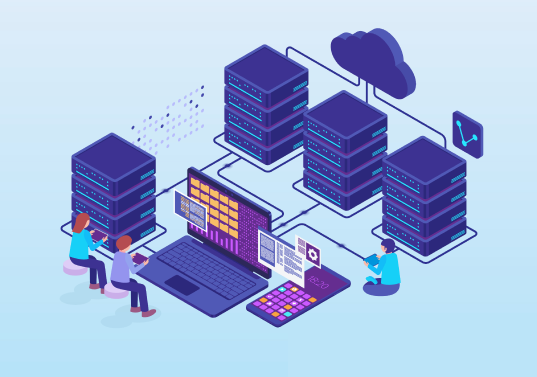Infrastructure VAPT Services
Matayo provides comprehensive Infrastructure Vulnerability Assessment and Penetration Testing (VAPT) services, identifying and mitigating security weaknesses to ensure your IT infrastructure is robust and secure against cyber threats.

Infrastructure VAPT Services: Ensuring Robust Security and Resilience
In today’s threat landscape, securing your IT infrastructure is critical to maintaining operational integrity and protecting sensitive data. Matayo’s Infrastructure Vulnerability Assessment and Penetration Testing (VAPT) Services provide comprehensive solutions to identify and mitigate security weaknesses within your IT environment.


